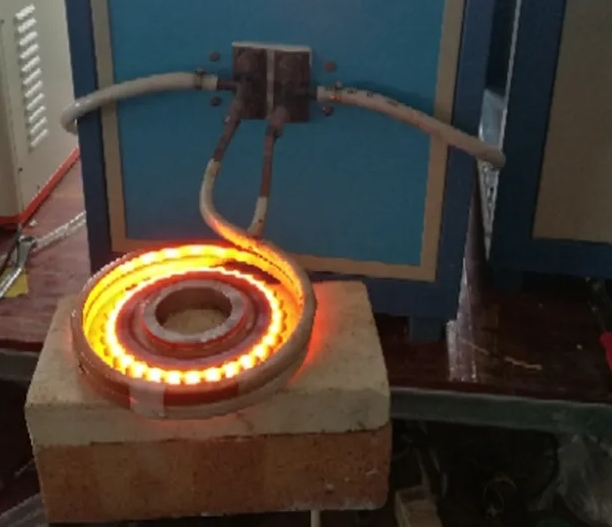- 19
- May
Porównanie metod hartowania laserowego kół zębatych i zwykłych metod hartowania
Porównanie hartowanie laserowe przekładni i zwykłe metody hartowania
Koła zębate są szeroko stosowanymi częściami w przemyśle maszynowym. Aby poprawić nośność kół zębatych, należy je utwardzić powierzchniowo. Tradycyjny proces hartowania kół zębatych, taki jak nawęglanie, azotowanie i inne obróbki chemiczne powierzchni oraz indukcyjne hartowanie powierzchni, płomieniowe hartowanie powierzchni itp., mają dwa główne problemy: to znaczy odkształcenie po obróbce cieplnej jest duże i trudno jest uzyskać utwardzona warstwa równomiernie rozłożona wzdłuż profilu zęba. Wpływa to na żywotność przekładni. Porównanie metod hartowania laserowego kół zębatych i zwykłych metod hartowania opisano poniżej.
Although traditional tooth surface hardening processes such as high-frequency quenching, carburizing, nitriding, and liquid nitrocarburizing can obtain hard-tooth surface gears, the following problems exist to varying degrees: excessive quenching deformation (such as carburizing), hardened layer Too shallow (such as nitriding) tooth surface hardened layer is unevenly distributed (such as carburizing, high-frequency quenching, flame quenching), and usually requires secondary reshaping after quenching, which is expensive, and if the deformation is too large, the grinding allowance is not enough It will also cause the gear to be scrapped.
Wady tradycyjnego rzemiosła:
Conventional heat treatment methods mostly use high and medium frequency quenching, carburizing, carbonitriding, nitriding and other methods. The advantage is that the hardened layer is deep and can be mass-produced. However, due to the long-term high temperature heating of the gear, its internal structure tends to grow, which is easy to cause large deformation of the tooth surface and difficult to obtain a hardened layer evenly distributed along the tooth profile, thus affecting the service life of the gear. At the same time, the processing cycle of the conventional process is very long, and the energy consumption is very large. It is not easy to obtain a hardened layer evenly distributed along the tooth profile, thus affecting the service life of the gear.
Dlatego zmniejszenie deformacji powierzchni zębów i skrócenie cyklu obróbki zawsze było jednym z kluczowych problemów technicznych w hartowaniu powierzchni zębów kół zębatych. Laserowa obróbka cieplna ma małe odkształcenie, krótki cykl i brak zanieczyszczeń, co zapewnia skuteczny sposób rozwiązania deformacji hartowania powierzchni zęba; a proces jest prosty, prędkość przetwarzania jest szybka, głębokość utwardzonej warstwy jest jednolita, twardość jest stabilna, a odporność na zużycie w procesie zazębiania przekładni. Silny, jego ogólna wszechstronna wydajność jest dobra.

